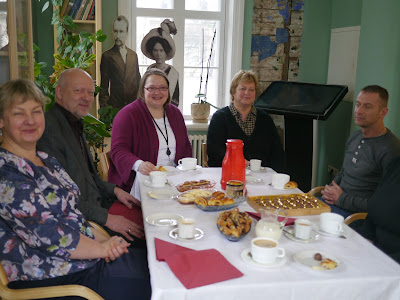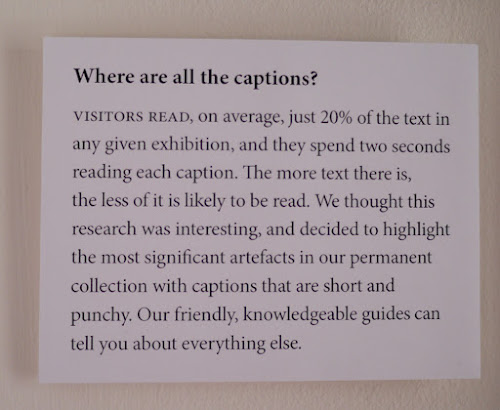Almost every history and community museum I know does some sort of commemorative exhibit. We commemorate our town's founding, a big deal in our place (Shakespeare for instance, or Lincoln), wars, battles, landmark court decisions, and the like. In the United States, a large number of historical societies had their impetus in the 1976 Bicentennial, with the idea that a suitable commemoration was the founding of a place where we could, in an ongoing way, recognize the events of our past.
It's really tough to make these kinds of exhibits exciting. Rarely is there new knowledge to be shared, even more rarely new artifacts, and too often they are a sort of timeline or greatest hits. But early this month, I got to see an exhibition that made me think about commemoration in a new way. It was at one of my new favorite museums, the Little Museum in Dublin. This year is the 100th anniversary of the 1916 Easter Rising, when Irish patriots rose up against British Rule. There's lots going on in Dublin and around the country this year, including a new comprehensive exhibit at the GPO, the center of the fighting, and a series of events this weekend, Easter weekend.
But the Little Museum choose a path that fits exactly with its slightly irreverent personality. The main exhibit in their first floor galleries is Fergal McCarthy's cartoon history of the 1916 uprising. In 60 giant black and white pieces of paper--cartoons--he makes the history come alive, despite--or perhaps because of--the lowest tech methods possible. Cartoons--for kids only you might think. When we were there, a senior citizen group was also visiting, and they were actively engaged in looking, talking, pondering, laughing (yes, even laughing) at the panels. McCarthy succinctly provides a lesson for all of us who develop exhibits, saying on the museum's website, "By streamlining the narrative and adding visual humour, I have attempted to demystify the Rising by relieving it of some of the excess baggage it has naturally acquired over the past century."

Today's lesson? A sense of humor is a wonderful thing, and all too often absent from what we do. Thanks Fergal McCarthy for the lesson. Lesson #2. Think outside your frame and be not afraid of doing something new.Thanks, Little Museum for that one.





















